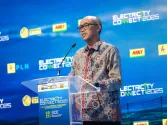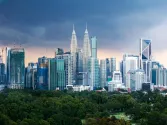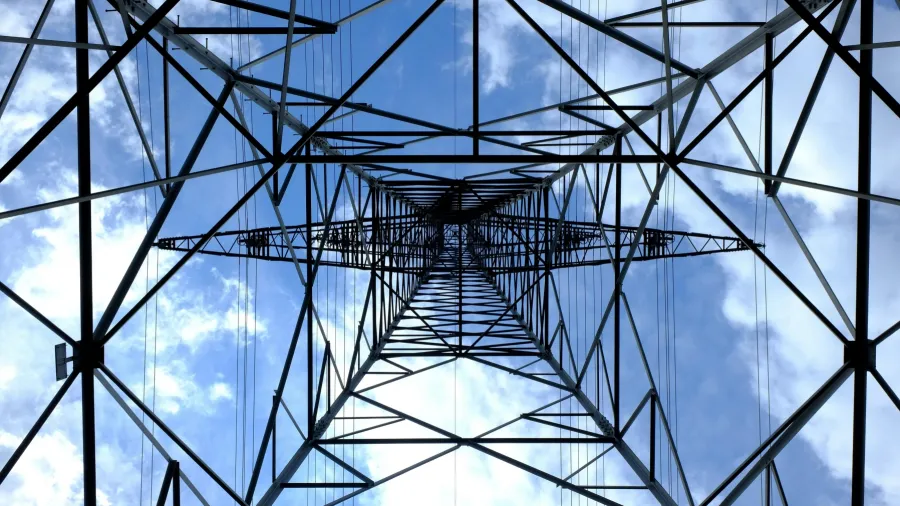
What is holding back energy transition in APAC?
Green energy investment in Asia is around 45% of the global level in 2023.
The lack of investment in power grids is limiting developing countries in the Asia Pacific from enjoying the full benefits of energy transition, according to the Asian Development Bank (ADB).
In its report “Energy Transition Readiness Assessment for Developing Asia and the Pacific,” conducted in collaboration with the World Economic Forum, ADB called for “the urgent expansion of interconnected and modernised grids—both to keep up with rising energy demand and to integrate intermittent renewable energy sources across the region.”
The analysis said that clean energy investment in developing Asia grew more than 900% since 2013 to reach $729.4b in 2023, led by China. This number accounted for about 45% of global investment.
“China was joined by India and seven other developing regional countries where renewables exceeded 75% of new national energy capacity addition in 2022,” it added.
ADB also noted that Georgia, Malaysia, and Thailand have improved their regulatory frameworks to support a clean energy transition.
“The expansion of digitalised grid infrastructure is essential to integrate low-carbon electricity seamlessly into national power generation and transmission systems,” said ADB Energy Sector Senior Director Priyantha Wijayatunga.
“With Asia and the Pacific forecast to generate two-thirds of global energy growth by 2040, meeting this daunting power supply gap will require multidimensional efforts including strong policies, innovative technologies, and long-term financing,” he added.

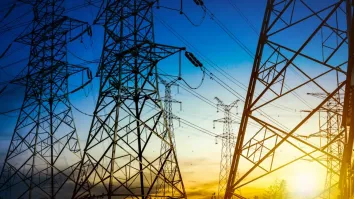

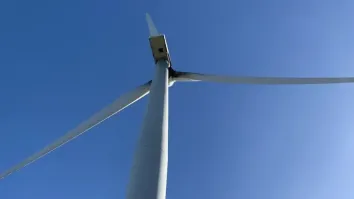
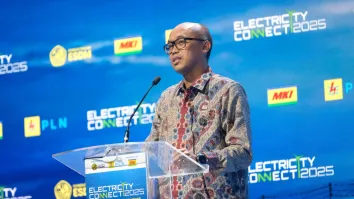
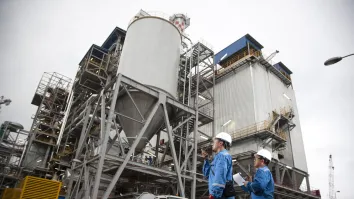
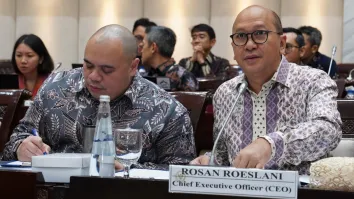


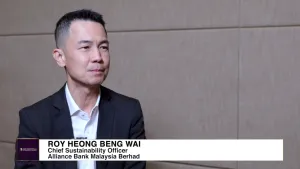


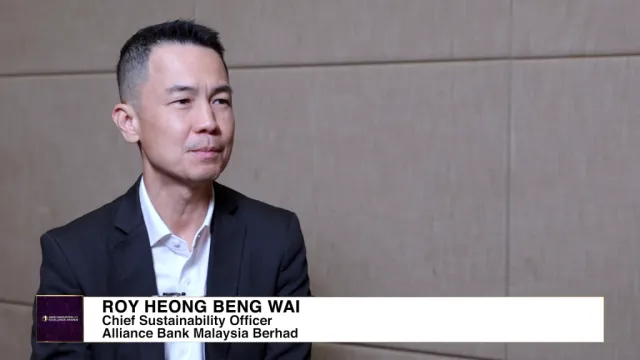




 Advertise
Advertise



